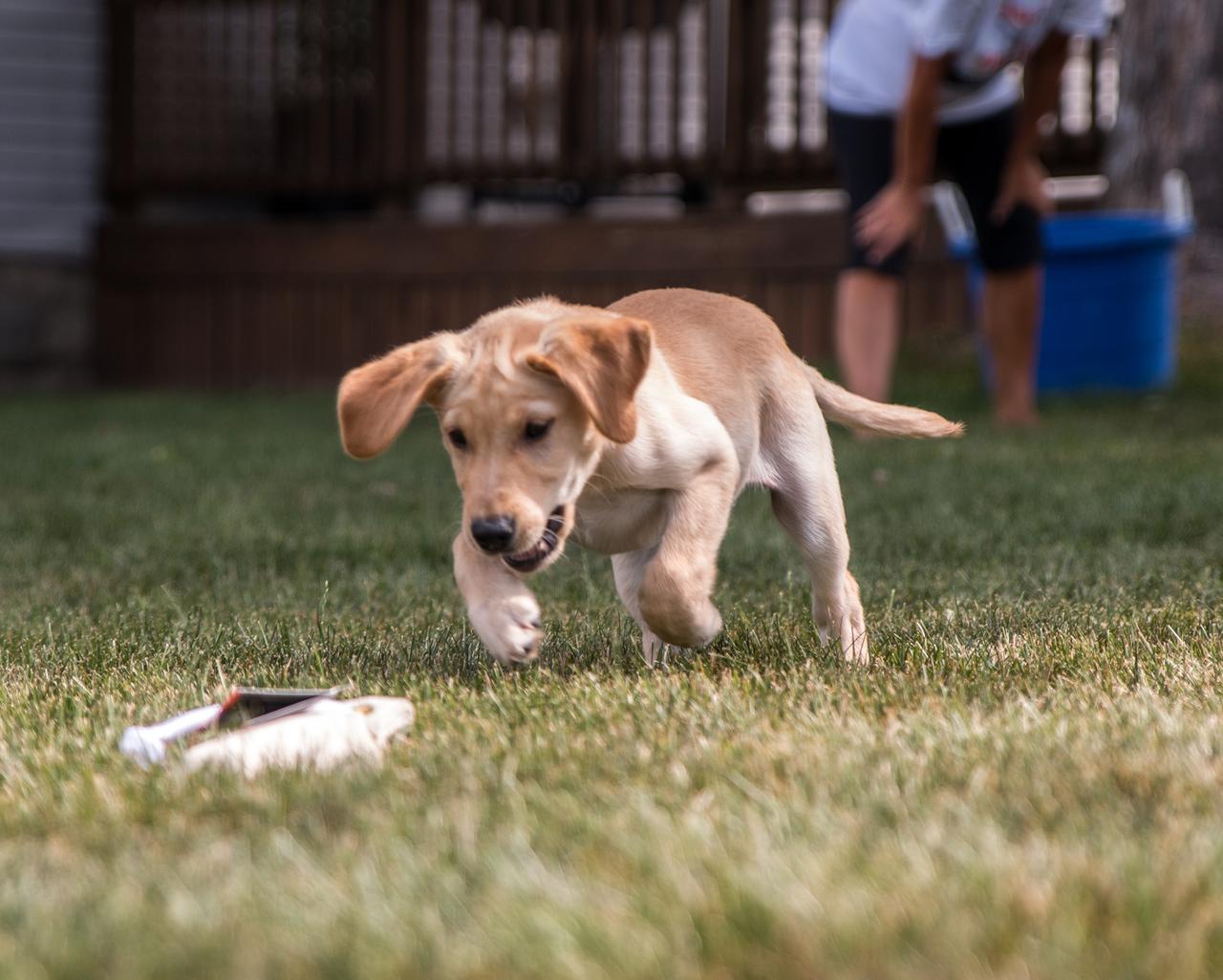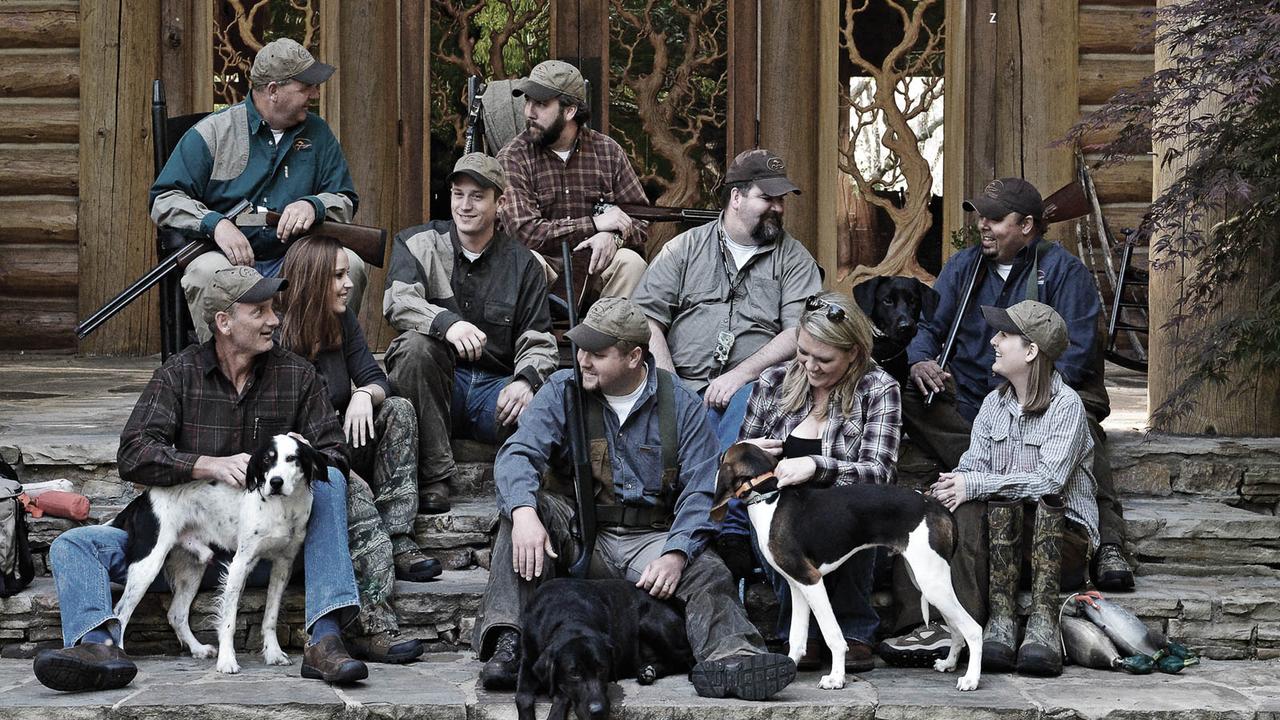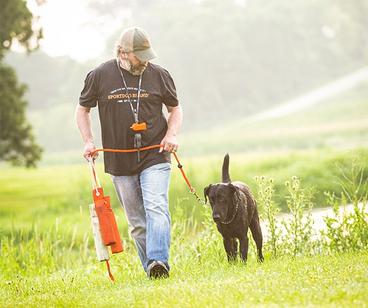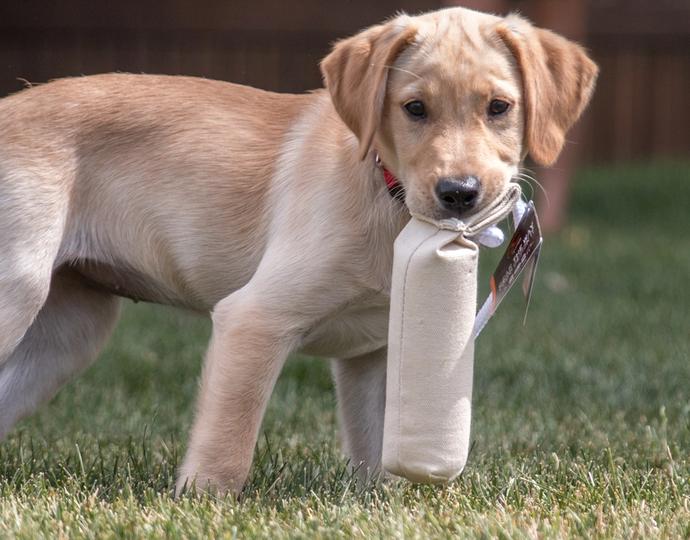
Where to Begin with Puppy Training
Posted by The SportDOG StaffThere are several different things that need to be done for and with a new puppy.
First and foremost make sure all pup’s shots are on time and up to date. Find a local veterinarian and set up an appointment for your new companion. This is one of many places you need to take your dog to socialize him/her. In my opinion, socialization of your puppy is the most important thing to do when it comes to preparing pup for life in the big world. A dog that has not been socialized may encounter problems his entire life, whether he is afraid of new or strange people or afraid of the lawn mower! Any dog, especially a hunting dog, needs to be ready and able to adapt to new situations quickly and effectively. I generally suggest beginning socialization training at 9-10 weeks, but this will vary by pup. For some, this is too early, and others too late. Try to gauge the temperament and openness of your dog to new situations. The point is to make your dog comfortable in various situations, not terrify it.
The best thing you can do to start is take your pup with you everywhere you feasibly can. Family gatherings, tailgating at ball games or anywhere with large groups of people will be good for your new partner. Introducing pup to gunfire is an entirely different process , and can wait until your dog is a little older. There is plenty of time for that, and much more, down the road. For now, focus on basic training and socialization.
After some socialization training, it’s time to get into the really fun stuff: basic training. Go to your local sporting goods store or order a puppy training kit online that has the following: puppy-size training dummies, a Roy Gonia™ training whistle, and a check cord. Now you’re ready to get your puppy fired up about retrieving! The most common mistake made when attempting this is throwing too many dummies for your pup. In each session, 2-3 retrieves is the number you want to stick with. You should end each session with your buddy wanting that retrieving dummy! If you throw too many dummies/bumpers your dog can lose interest.
Also, keep each session short to begin with, as pup still does not have a big attention span. Too long a session can cause more harm than good. Two to three short sessions each day is a good place to start (5 minutes per session). It is very important not to have any formal discipline with pup at this time. All sessions should be a fun and playful experience in this early stage of training. You are still developing your bond you’re with your new partner, and you don’t want to put too much pressure on him. Another important tip is to not steady your pup too early! By steadying I mean holding pup back on a retrieve until sent by you. If you steady your dog too early you can dampen his desire to retrieve and we want to build that desire as much as possible at this time in his life.
Using duck wings or pigeon wings in a hallway in your house is one way to introduce pup to feathers as well as increasing desire. In your hallway, close all doors to where pup can only go down the hallway after the wing or dummy and straight back to you. This limits his range and his ability to create bad habits.
Crate training is a very important step in puppy training. The travel crate should be where your dog sleeps and is kept until you are ready to pay attention to him. This is a critical in pup’s life: it is his safe place and nothing bad should happen to him while he is in his crate. Remember canines are den dwelling animals and that is pup’s home! Also remember to always be consistent with your dog. Don’t allow him a freebie one day then punish him the next. Consistency is very important in dog training.
If you have plenty of time to spend with pup it is best to find a local club or group to get help and advice from for further and more advanced training techniques. If you don’t have much time, it may be best to locate a professional trainer for your pup . There are also plenty of books and videos to give you step by step instructions.
Always check your local and state regulations related to dog training and the use of game birds on private and public property.

The SportDOG Staff
Related Articles

The Golden Rules of Dog Training
by The SportDOG Staff
Dog training is an art man has been trying to perfect since the domestication of canines. There are almost as many theories on dog training as there are on raising children. Many of these theories are effective and having multiple options allows you to tailor your training to your dog....

Training Your Retriever to Dummies
by The SportDOG Staff
Training a retriever can be one of the most rewarding experiences any hunter can have. There are no secrets involved: just patience, repetition, perseverance, consistency and the ability to anticipate reaction. In short, the trainer needs to be just a little smarter than his pupil. This is not always as...
